This Resource is for Year 12 students studying Yoko Ogawa’s ‘The Memory Police’ in the VCE Victorian Curriculum for 2024 Unit 3 AOS1 Reading and Responding to Texts.
Introduction
Yoko Ogawa’s ‘The Memory Police’ is a dreamlike exploration of the role of memory in creating and sustaining cultural identities. Set on an unnamed, untethered island, the novel chronicles the work of the omnipresent Memory Police in slowly and deliberately destroying the memories, and eventually the very personhood, of the island’s residents.
It is a dystopian novel with an unnamed young novelist where mundane objects like ribbons, hats, perfume, books and memories are vanishing mysteriously. Then nature inexplicably disappears like roses, birds and more worryingly, people are taken away and body parts stop working. The ruthlessly efficient Memory Police (totalitarian agency) offer no explanation for their actions, and the islanders ask no questions. There is an inevitability to their work, as explained by the unnamed narrator’s flashbacks to her childhood, and the disappearances that have marked every major occasion in her life. The behaviour of the Memory Police is rendered sinister by the fact that readers are not given an insight into the why of their actions; it is all that residents and readers alike can do to infer the logic behind the erosion of life on the island. The apocalyptic atmosphere of the island, the frightened people, the misery of a fragmented community and disappearing traces of a free world are clearly portrayed in the story.
Despite the Memory Police giving the appearance of being able to exert total power, there still remain ways to counter them. The unnamed narrator works methodically with her major ally, known only as ‘the old man’, to provide the only resistance they can imagine – hiding the narrator’s editor, R, who is one of a small number of people who retain the capacity to access their memories, despite the disappearances. The narrator draws inspiration from like-minded souls operating in secret across the island, hiding individuals and, in some cases, whole families from the Memory Police. This hugely risky undertaking is not the only way that the narrator appears to challenge and resist the edicts of the Memory Police. She works with R to finish a novel, even after novels have been disappeared. The three close friends spend much of the text reflecting on the relationship between memory and the soul, but they spend little time explicitly discussing what appears to be one of Yoko Ogawa’s major concerns: the power of art to provide resistance in times of political conservatism.
Genre & Structure of the Text
First published in 1994 in Japan and translated by Stephen Snyder in 2019, the novel is a first-person narrative that addresses issues of loss of individualism under a totalitarian regime as the theme of this allegorical text. Critics have situated Ogawa’s work within a literary canon of speculative, science and dystopian fiction that concerns itself with efforts to rewrite and reshape history to support the efforts of authoritarian rulers. Her work can also be considered magic realism, as the characters are subject to phenomena that challenge a reader’s understanding of the laws of nature. The cumulative effect of these surreal events adds a mystical, fablelike feel to the text, while offering a warning for contemporary audiences about what their world may yet become.
Nestled within this largely chronological structure are a series of flashbacks that allow the reader to develop a sense of what life looked like for the narrator prior to the death of her parents. These flashbacks serve to underscore the significance of the narrator’s developing understanding of the form and function of the Memory Police. As an adult she is able to reimagine her memories of childhood, often under R’s guidance. These flashbacks thus serve a dual purpose: they offer insight into how the narrator came to be, whilst also foreshadowing the seemingly unstoppable march towards the erosion of everything that once made the island a functional society.
The text includes a novel-within-the-novel. In The Memory Police, the narrator’s preoccupation with her own work again serves to foreshadow her understanding of what is happening to the world around her, whilst also affording her an agency that she is denied in her day-to-day life. Her profession, and the reader’s access to her work, also acts as a reflection on the role of the arts and artists in both documenting and reflecting on the major historical and political events of their times.
Perspective of the Text
The Memory Police asks readers to consider the role of power, memory, and history in contemporary society. Ogawa’s world is the logical extension of the work undertaken by conservative governments worldwide, where history is written and rewritten to serve dominant narratives about war, government, and economics. Written at a time when Japanese society was still wrestling with the demons of World War Two, Ogawa’s work renewed conversations around Japan’s role in the war and its atrocities committed by the Japanese empire in its forced colonisation of the Asian mainland and other countries in the Pacific. A common refrain Japan has used as a nation is to sidestep responsibility for wartime acts and to forget in order to be disconnected from the past like Ogawa’s novel. The novel’s explicit discussion of the way that memory and storytelling can be weaponised to target minorities and empower ruling parties contributes to reader understanding of some of the philosophical questions that have arisen in response to many of the most complex moments in recent human history.
The Memory Police and Echoes of Nazi Germany
It is impossible to ignore the echoes of Nazi Germany and the treatment of Jewish people that Ogawa draws on, especially regarding the Memory Police themselves like the SS and the loaded imagery of the hidden enclave the narrator builds in her home to hide R which is similar to ‘The Diary of Anne Frank’. Ogawa took inspiration from the secret hidden annex in Amsterdam where German Jewish girl Anne Frank and her family hid for over 2 years from the Nazi’s during WWII.
In March 1944, Anne wrote in her diary, “The brightest spot of all is that at least I can write down my thoughts and feelings; otherwise, I would be absolutely stifled.” In August of that year, the inhabitants of the annex were captured by the SS. Anne died of typhus in the Bergen-Belsen concentration camp in February 1945, just two months before liberation. She was fifteen years old.
Many elements of Anne Frank’s life in hiding are incorporated into The Memory Police. “Anne’s heart and mind were so rich,” commented Ogawa in a conversation with Motoko Rich. “Her diary proved that people can grow even in such a confined situation. And writing could give people freedom… I wanted to digest Anne’s experience in my own way and then recompose it into my work.”
Chapter Summaries.
Chapter 1 The narrator remembers her mother, who kept her memories. She establishes a central tension of the text: the ever-widening gap between those who remember and those who forget.
Chapter 2 Birds disappear – a particularly painful and personal disappearance for the narrator, whose father was an ornithologist. The Memory Police arrive to search her house.
Chapter 3 The narrator explains her work as a novelist, and her artistic preoccupation with that which ‘had been disappeared’ (p. 15). The reader is introduced to the old man.
Chapter 4 En route to her publisher, the narrator encounters the Memory Police. She meets with R, her editor.
Chapter 5 The narrator works on a novel wherein the protagonist is a typist loses her voice. Professor Inui and his family flee their home after receiving a summons from the Memory Police – just as it had happened to her mother.
Chapter 6 The typist experiences a flashback to her own childhood. The narrator continues to work with R, and she worries for the safety of the Inui family. Roses disappear.
Chapter 7 The narrator visits the old man, and they discuss the impact of the continued disappearances on life on the island.
Chapter 8 The relationship between the typist and her teacher deepens. The narrator shows R around her home, and she discovers that he is able to retain all of his memories, despite the disappearances.
Chapter 9 Winter descends on the island, and the Memory Police strengthen their grip on the community. The narrator discloses R’s secret to the old man, and they begin a plan to hide R in the narrator’s home.
Chapter 10 R agrees to take up residence in the narrator’s house.
Chapter 11 R and the narrator become increasingly intimate. They discuss R’s experience with memory. The narrator works with a replacement editor, and the old man makes contact with R’s wife.
Chapter 12 In the narrator’s novel, the typist and her teacher grow closer as he gives her a private lesson. R seeks work of any kind to ward off feelings of uselessness and depression as his world becomes ever smaller. Two new disappearances sweep the island: ‘first, photographs, and then fruits of all sorts’ (p. 94).
Chapter 13 The old man is taken into custody. R tries to reassure the narrator, and they continue to discuss the nature of memory, and the ways that the outside world is changing without him.
Chapter 14 The old man is released from custody, revealing that he was suspected of being involved in a smuggling operation. R’s baby is born, and he continues to adapt to life in hiding.
Chapter 15 Tension increases in the narrator’s novel, as the teacher renders his student voiceless. The Memory Police now focus on eliminating calendars; the worst effect of this particular disappearance is the trapping of residents on the island in a perpetual winter.
Chapter 16 R and the narrator organise a celebration for the old man’s birthday. R gifts the old man an orugōru (pp. 145-146), a long disappeared traditional music box. The celebration is cut short by a visit from the Memory Police.
Chapter 17 The Memory Police search the narrator’s home. She fears that they are looking for R, but it becomes clear that their visit was motivated by a raid on her neighbours’ safe room. R comforts the narrator after the raid.
Chapter 18 The typist feels a growing disconnect between her soul and her body. The narrator’s life contracts further as she tries to limit actions that might result in drawing the attention of the Memory Police to her and to her home. She furtively listens to R bathe, aware of the uneasy intimacy between them.
Chapter 19 The narrator is asked for help by an old woman, who appears to be seeking refuge from the Memory Police. Novels are the next significant item to be disappeared, which sharpens R’s sense of urgency to help restore some of the narrator’s memories. The narrator adopts her neighbours’ abandoned dog, Don.
Chapter 20 After the disappearing of novels, in order to earn a living, the narrator takes a job as a typist. R continues to try to activate the narrator’s memories. This effort feels futile to the narrator and the old man. The narrator realises that she is in love with R. An earthquake strikes.
Chapter 21 The narrator and the old man narrowly escape the earthquake and the resultant tsunami. They find R safe, but the narrator’s home, including the safe room is badly damaged.
Chapter 22 The old man comes to live with the narrator. They discover that the narrator’s mother had found a way to use her art to retain disappeared items by hiding these inside her sculptures. R furthers his efforts to awaken the narrator’s soul.
Chapter 23 The narrator and the old man venture to her mother’s cabin in search of additional disappeared items. On their way home, they narrowly escape being searched by the Memory Police.
Chapter 24 The old man contemplates the changes in his life. His imminent death is foreshadowed as he begins to struggle physically with everyday tasks.
Chapter 25 The narrator recovers the old man’s body. After his funeral, she feels increasingly lonely and disconnected. A new disappearance signals a new phase for the island’s residents, as they find themselves without the use of their left legs.
Chapter 26 The narrator re-establishes contact with R’s wife. Another body part disappears – the right arm. The narrator becomes increasingly reconciled to her own inevitable disappearance; however, R maintains that he will be able to shield her from this fate.
Chapter 27 This chapter is an entire extract from the narrator’s novel. It has been written at great effort under R’s instruction. It chronicles the last minutes of the typist’s life as she is completely absorbed into her teacher’s room.
Chapter 28 The narrator details the disappearance of the island’s inhabitants. She encourages R to make his way back in the world, leaving her alone, disembodied and without a voice, in what was once his secret room.
Characters
Unnamed narrator Ogawa’s narrator is the reader’s set of eyes on the island. She is unnamed, and the reader is not provided with much detail about her physical attributes. Despite this lack of conventional information, the reader’s most intimate relationship is with the narrator, who tells the story in the first person. The narrator is a novelist, compelled to tell the story of things that disappear, we see the world through her eyes, but we are intimately aware that she is slowly, but forcibly, losing her memory.
Narrator’s mother The narrator’s mother was a sculptor who worked skilfully before her untimely death, to retain her memories. The text opens with the narrator reminiscing about her mother’s attempts to preserve memories in her daughter, and in her art. Her death, whilst in the custody of the Memory Police, acts as a warning sign for those closest to the narrator about the power of these law enforcers. The narrator’s mother acts a guiding force for the narrator, her drive to preserve that which was disappeared seemingly acting as a formative experience for the narrator.
Narrator’s father The narrator’s father was an ornithologist. He, like the narrator, lost his memories as intended by the Memory Police. Ogawa’s references to his work provide a rhythm within the novel; every time that the narrator encounters physical reminders of her father and his life’s endeavours, she reconnects pieces of her life, and builds on the memories that she is able to awaken with R’s assistance.
The old man The old man is a constant in the narrator’s life. The two are connected through the nurse who raised the narrator – he was the nurse’s husband. The old man provides a kind of practical support that seems to tether both the narrator and the narrative itself to something concrete. Every time that the narrator appears to be losing her sense of confidence and her will, he responds with a kind pragmatism.
R R is one of the few people in the narrator’s life that she trusts. Their desires are inextricably connected, as they work painstakingly together on appraising and editing each word and line of her novels. By the very nature of their shared work, the relationship between the narrator and her editor is close, and yet it still seems surprising when R declares his secret to her, in her basement. He appears to be emboldened by the revelation about the narrator’s mother’s determination to remember and to record reality, and their relationship quickly deepens.
Professor Inui and family Professor Inui and his family connect the narrator to her mother. Helping them as they escape is the narrator’s first effort to actively resist the Memory Police.
Don The narrator’s anxiety levels rise when her neighbours are taken away by the Memory Police. Unexpectedly but also unsurprisingly, the narrator takes their dog, Don, into her home. The dog, too, acts as a steadying presence in the narrator’s life, giving her another tether to the visceral, mortal realm. Don also acts to triangulate the reader’s experience of Ogawa’s world, revealing how the wishes of the Memory Police organise life for all living beings on the island.
The Memory Police The Memory Police are rendered as a brutal, cruel, and professional unit. They operate as a group, giving civilians on the island little opportunity to negotiate their treatment. They generate fear, working from both their reputation and their highly visible actions. They act as enforcers, but readers do not know for whom – the Memory Police are the only face of authority that we see. This works to enhance the reader’s understanding of their menacing quality, but also raises questions about the rationale behind this seemingly totalitarian power.
The typist in the novel-within-a-novel The narrator’s construction of the typist character provides important insight into her own daily concerns. The typist is rendered mute early in the novel, but ‘was continually struggling to speak’ (p. 55). She initially does not want to accept her fate, but feels ‘increasingly oppressed, as though [she] were being backed into the corner by a powerful force’ (p. 91).
The teacher in the novel-within-a-novel The typist’s teacher is a domineering figure, who manipulates and entraps his students. He acts as an enforcer, but positions himself as a protector.
Neighbours There is a small cast of neighbours and townspeople operating in the background of the narrator’s life. These minor characters act to reinforce the degree of risk that the narrator and the old man are undertaking. They are subject to forces that the narrator will have to encounter.
| THEMES | ||
| memory | connection | craft of writing |
| art | alienation | totalitarian police state |
| loss | isolation | identity |
| surveillance | storytelling | creation vs destruction |
| tyranny | fate vs free will | longevity |
| defiance | censorship | resistance |
| forgetting & disconnection from the past & history | power | cultural identities |
| SYMBOLS | ||
| hearts | snow | hands |
| food | memories | birds |
| disappearances | narrator’s novel | typist in the novel |
| Memory Police | book burning | the protagonist narrator |
| roses & rose garden | the weather | |

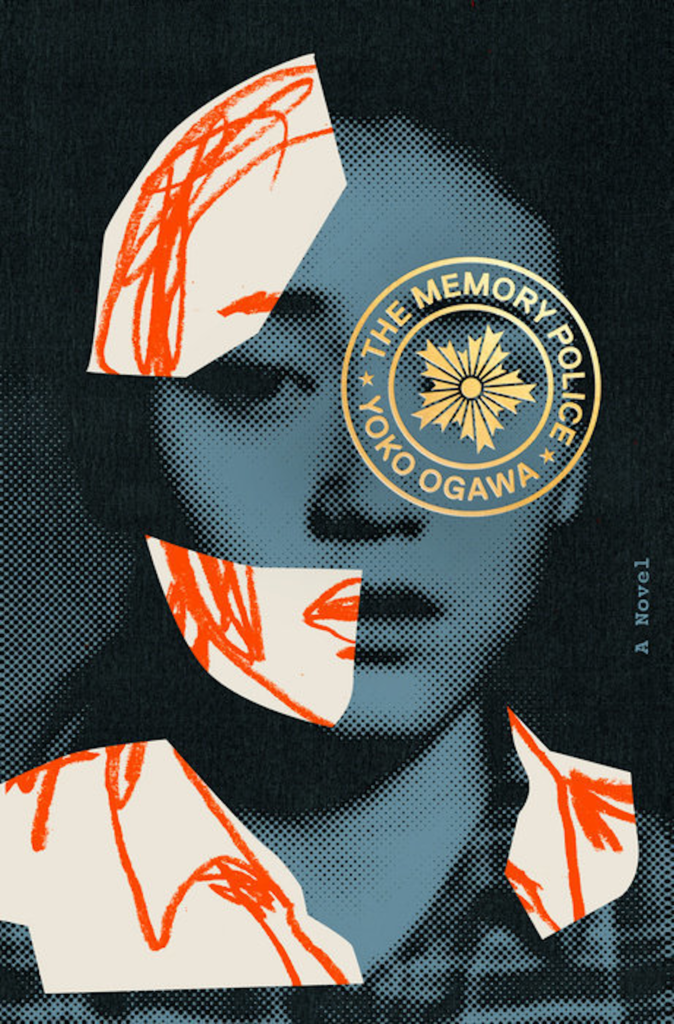
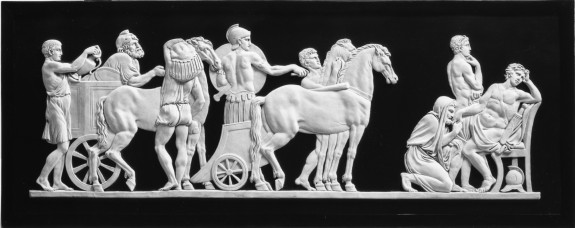
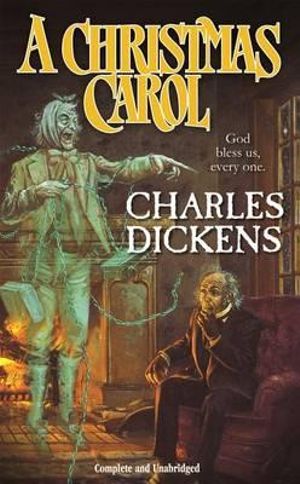
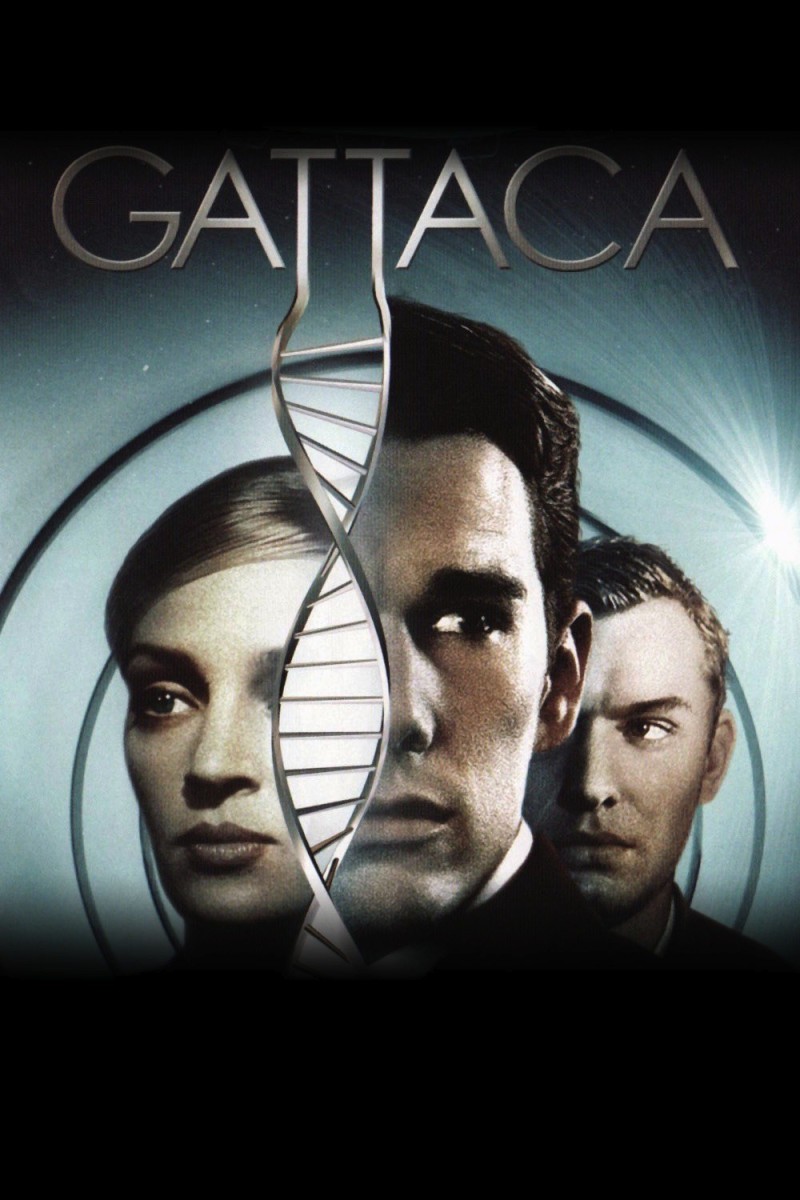 For Year 11 students studying AOS1 Unit 2 Reading and Comparing Texts look carefully at the context of the futuristic dystopian science thriller film
For Year 11 students studying AOS1 Unit 2 Reading and Comparing Texts look carefully at the context of the futuristic dystopian science thriller film  For Year 11 students studying AOS1 Unit 2 Reading and Comparing Texts it is important to be very clear in your Introductions to make your Main Contentions and Message of Author/Message of Director answer the essay prompt.
For Year 11 students studying AOS1 Unit 2 Reading and Comparing Texts it is important to be very clear in your Introductions to make your Main Contentions and Message of Author/Message of Director answer the essay prompt.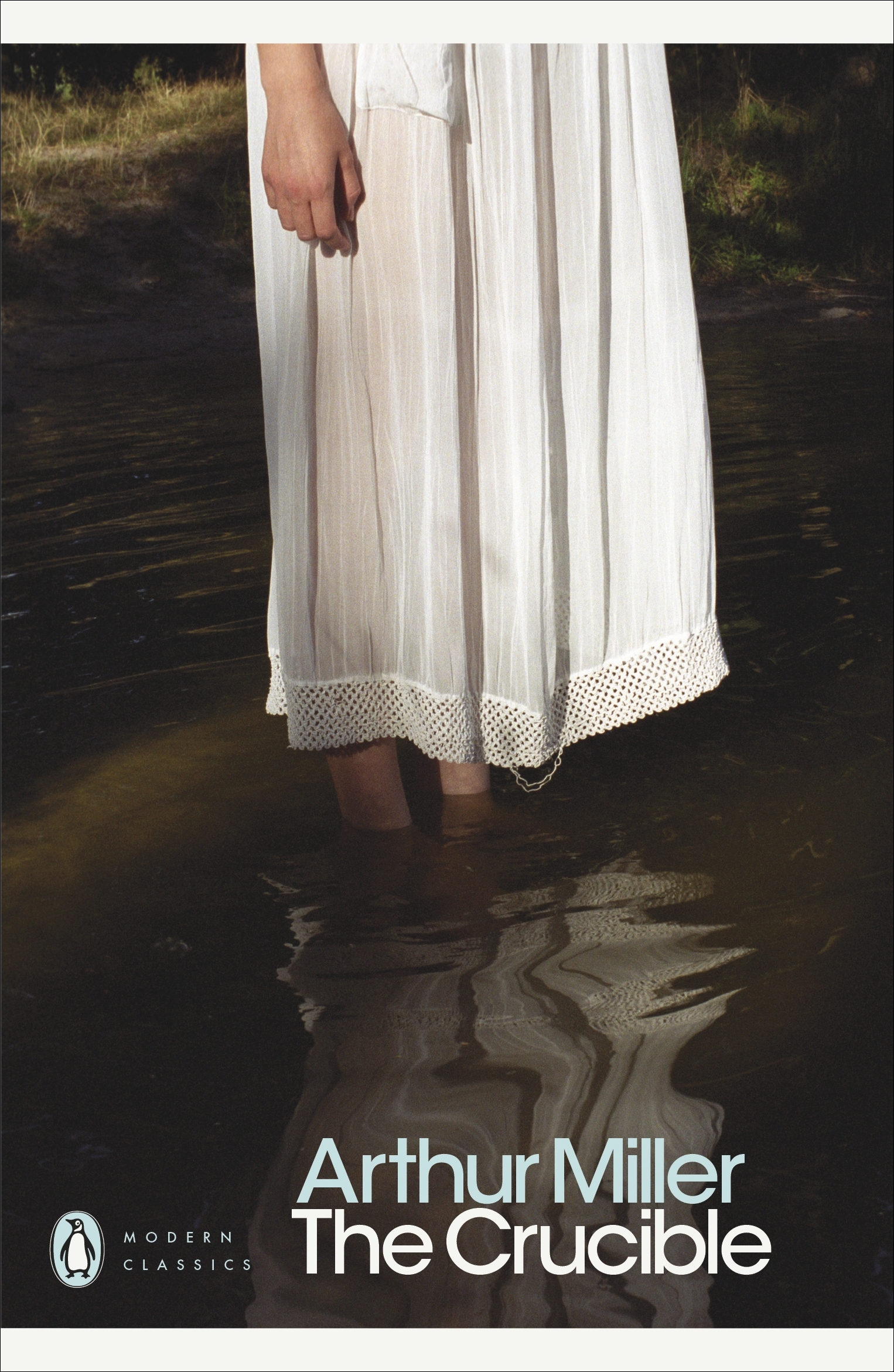 Please see 3 prompts comparing the film
Please see 3 prompts comparing the film 
 What is a Fishbone Diagram?
What is a Fishbone Diagram?